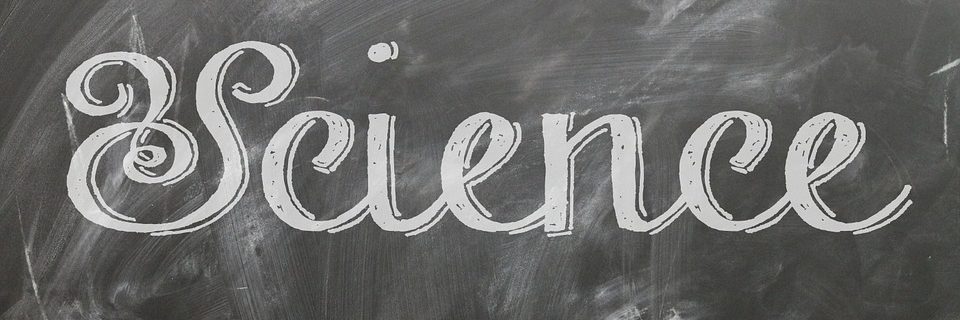
We will be exploring eighth grade level mitosis and meiosis on this site, learning by doing labs and choice-based projects.
There are two main pages, Mitosis and Meiosis. Each page has its own project and lab. You will take your online assessments and do group (more than two students) peer activities in Google Classroom.
- To navigate this site, you can click on the “Mitosis Lab” link (third bullet point below). Each page has a hyperlink leading to the next part of the unit. There are also links to each section at the navigation menus on the top right and right side of every website page.
- Workflow: The first week of the Mitosis unit was completed in Google Classroom. The Mitosis Lab and Mitosis Project will be completed via WordPress for the second week of the Mitosis unit. The same applies for Meiosis (one week doing Google Classroom activities and one week doing the Meiosis Lab and Meiosis Project using the WordPress resources).
- Your first step is to go to the Mitosis Lab.
The Core Ideas (from https://www.nextgenscience.org/topic-arrangement/msgrowth-development-and-reproduction-organisms )
LS1.B: Growth and Development of Organisms
- Genes are located in the chromosomes of cells, with each chromosome pair containing two variants of each of many distinct genes. Each distinct gene chiefly controls the production of specific proteins, which in turn affects the traits of the individual. Changes (mutations) to genes can result in changes to proteins, which can affect the structures and functions of the organism and thereby change traits. (MS-LS3-1)
- Variations of inherited traits between parent and offspring arise from genetic differences that result from the subset of chromosomes (and therefore genes) inherited. (MS-LS3-2)
- In sexually reproducing organisms, each parent contributes half of the genes acquired (at random) by the offspring. Individuals have two of each chromosome and hence two alleles of each gene, one acquired from each parent. These versions may be identical or may differ from each other. (MS-LS3-2)
- In addition to variations that arise from sexual reproduction, genetic information can be altered because of mutations. Though rare, mutations may result in changes to the structure and function of proteins. Some changes are beneficial, others harmful, and some neutral to the organism. (MS-LS3-1)
